Hello, I’m Adeline. I write Ginseng & Tonic to deliver a straight shot of skincare & cultural analysis to your inbox most Sundays. Subscribe for deep dives into the intersections of skincare and culture from someone fed up enough with the industry that she start formulating her own products.

“I don’t understand how you’re doing it.”
I was seated in one of those grand old seminar rooms with the imposing wood trim at the University of Pennsylvania, where I had a fellowship during my sabbatical year. I had just gotten tenure and promotion to associate professor of English.
“I mean, you’re in the humanities. How did you even get started making skincare products?”
The person speaking to me was another professor in the same seminar I was in, with a mildly shocked expression on their face. It was March 2016, and I had just received a phone notification that my fledgling skincare brand Sabbatical Beauty had been featured on Women’s Wear Daily.
“I’m not sure how to answer that question,” I said honestly. “I mean… it’s what we all do? Research and experiment.”
A few months ago, I’d embarked on a brand new project of formulating skincare products in my kitchen when my sabbatical began. I had no idea that this project would transform first my skin and then change my life.
In this piece I’ll tell you how I did it — how a comparative literature PhD formulated skincare that worked magic both on her own skin and the skin of others. How I created a beauty brand that hit 6 figures its first year and continues to build a loyal following almost a decade later.
Part 1: The Skin Problem
I’ve struggled with hyper-reactive, sensitive skin for most of my life. My skin issues multiplied when I moved from my home country of tropical Singapore to wintry Ann Arbor, Michigan for my comparative literature PhD. My teenage skin dried out. My skin barrier became severely compromised, resulting in red, dry, itchy skin and acne.
Dermatologist visits made my skin even worse. One told me that “moisturizers are a scam,” which did not help my dehydrated, irritated skin. Another gave me a strong acne treatment which left me with even more irritated skin that flaked and peeled.
I found myself increasingly frustrated until I learned about Korean skincare by reading this Into the Gloss article on the 10 step routine by Charlotte Cho. It sounded intriguing, and the herbs that dominate much of Korean skincare — ginseng, rice, mushrooms — were familiar to me growing up in Asia, where herbs used to treat health conditions are ubiquitous.
I decided to give Korean skincare a try, and for the first time ever, my highly reactive skin calmed down. I was shocked but really excited. Korean skincare became my favorite hobby. I started spending way too much money trying all the intriguing products I could get my hands on. I went down all the internet rabbitholes about Korean skincare. I started a little Facebook group to share my foray into this new arena, and a lot of my friends, other academics, joined the group as well.
But while my skin was no longer inflamed, red and flaking, I still didn’t have that proverbial glass skin. And that’s when I discovered the ingredient list problem.
Part 2: The Research Problem
One of my pet peeves is when a brand sells a product based on some powerful ingredient — say, ginseng — but when you look at the ingredient list, ginseng is almost at the bottom of the list (meaning it is probably present in negligible amounts). I call that ‘the ingredient list problem.’
I found this to be the case for the majority of Korean products I was experimenting with, and this really frustrated me. When I am buying a ginseng serum, I want to know that there’s enough ginseng in the product so that my skin can actually experience the effect of ginseng.
I also experienced the opposite. Some Korean brands claim their products contain 100% of an ingredient, which is just not possible. Take an aloe gel that’s marketed as though the product contains 100% aloe vera. The product has to have a preservative system to be shelf stable. That takes up some percentage of a formulation. Aloe vera is also liquid in nature. To turn it into a gel requires adding rheology modifiers (which alter a product’s viscosity.) Adding these also takes up space within the formulation. An aloe gel that claims to be 100% aloe is misrepresenting its ingredient composition.
While I was in the midst of discovering all this, I was also realizing that I was done with academia. I was in one of the deepest depressions of my life. In the process of getting tenure I was becoming a pariah because of animosity of some senior academics in my field due to the direction of my research. I was also experiencing a painful betrayal by a so called best friend who used me for her own career advancement, and who threw me under the bus when I was no longer useful.
Korean skincare — and the elaborate, physical self care it afforded — was my lifeline to grounding myself in one of the most difficult times in my life.
Part 3: The Experiment
“Why don’t you make your own skincare products?” My friend Dorothy had been on my skincare journey with me. Also an English professor, she was similarly fascinated by the offerings of Korean skincare, but also frustrated with the ingredient list issue.
“You can do this. Your kitchen is so spotless. You’re a good researcher!” Dorothy continued. “You know you can actually make the things where the good stuff is high up on the ingredient list, so why don’t you, now that you actually have some time because you’re on sabbatical?”
I mused on Dorothy’s words as I paged through online resources on how to make skincare, then ending up on the university website to download some cosmetic chemistry textbooks.
In 2015, it wasn’t easy for me to learn how to do all of this on my own. There were lots of free internet resources on how to create very basic projects like body butters and body oils, but I couldn’t find resources on more elevated product categories like face cleansers, toners and serums very easily.
Ironically, the training I got in my comparative literature PhD was integral to teaching myself how to formulate, despite not being a STEM discipline. Comparative literature isn’t actually just about comparing different types of literature. The program I was in emphasized mastering theory: looking at individual objects (ranging from characters in books to material objects like clothes and even economic policies) to reach larger, overarching conclusions. Theories are different approaches to ways of looking; studying the granular and specific to make larger arguments about the general. This emphasis on theory taught me how to understand fields outside of my narrow speciality.
Pattern identification was one of the most important tools that I applied to learning how to formulate. I used it to unpack how different skincare product categories were created. What made a cleanser a cleanser? What made a serum a serum? What were the underlying commonalities within these categories?
This led me to research and understand functional ingredients. For example, for a cleanser to be a cleanser, you need to have some types of surfactants, or cleansing agents, within it. To create a lotion or cream, you need to have emulsifiers, or ingredients that bind water and oil together.
It was also hugely important to me to understand how to create safe but effective products. This led me down ingredient rabbitholes to understand individual ingredients, their efficacy at different percentages and at what maximum concentrations they could be safely used in formulation.
Part 4: Prototypes & Testing
Once I felt I had learned enough to start formulating, I encountered my next struggle: the staggering cost of experimentation.
At the time, there were no suppliers that would sell you enough to make one bottle. Every batch cost me at least $800 and would provide me with enough to make 20-30 bottles.
I had to get folks on board to support my experiments, so I turned to my private Facebook group to see if they wanted to see how my products worked for them. I sold them my experiments at cost.
My Facebook group was both intrigued and delighted by my experiments, the very first of which was the Sabbatical Beauty Marine Serum.
Marine Serum in all honesty was a revenge product. I was irritated by a certain high end brand that sells $400 creams based on one hero ingredient—fermented sea kelp—when the rest of the ingredients in that formulation are very cheap. I figured, for $400 I want everything in that product to be made up of high end ingredients which are known for their potency and effectiveness.
So while I also used fermented sea kelp as a base ingredient, I loaded Marine Serum up with as many premium deep ocean ingredients I could find: red algae, black algae, giant sea kelp, Irish Sea Moss, Tahitian seawater, fermented wakame, fermented sea silt and more. All of these are extremely antioxidant rich, which helps soothe irritated skin and to rekindle its radiance.
I was amazed by the results of the serum, and so were my friends: folks reported less redness and a lit-from-within dewy glow.
And it’s stood the test of time: Marine Serum continues to be one of my bestselling products at Sabbatical Beauty almost 10 years later.
Part 5: The Article that Changed My Life
But everything only changed for me in January 2016, when this Slate article was published.
When it came out, I was in between seminars at my field’s largest annual meeting. I looked at my phone, and Shopify orders were streaming in.
I couldn’t figure out why, and then I remembered a journalist had interviewed me and my friends about our little Facebook group. The resulting article had just come out, and my shop was overflowing with orders because it mentioned my Sabbatical Beauty experiments, and how they were regularly selling out.
It was simultaneously exhilarating and nerve wracking.
This article fundamentally changed my life by showing me I had options outside of academia.
Part 6: Communicating Results
Sabbatical Beauty is almost a decade old, and now has a beautiful permanent studio with both our skincare lab and a little retail showroom where you can come and try our products.
If you’re reading this because you too have felt stuck, and are inspired to change your life, these are the two lessons I wish I had known at the start of my journey:
You are capable of more than you think.
You are more resilient and capable of learning than you think. This is especially if you come from an academic background. Many of us are conditioned by graduate school to think you don’t know much outside your narrow field, but the act of research has already conditioned you to learn faster than most.
Nothing has been wasted on your journey.
The way I formulate skincare products is different than if I had simply studied chemistry and become a cosmetic chemist. My approach is interdisciplinary; I weave cultural analysis into how I formulate my products and how I market them. My diverse experience has been an asset rather than a liability. The same goes for you: your life journey makes an interesting perspective that no one else shares. Your uniqueness makes you valuable.
Enjoyed this Substack? I post most Sundays.
Read my next piece:
Conservative Beauty Trends: Tradwives, Hyperfemininity & the New Face of MAGA
Or browse some older favorites:
How to Read an Ingredient List Like Someone Who Makes Skincare
The Outrage Is the Point: Hate, Arousal in Politics, Marketing & Beauty






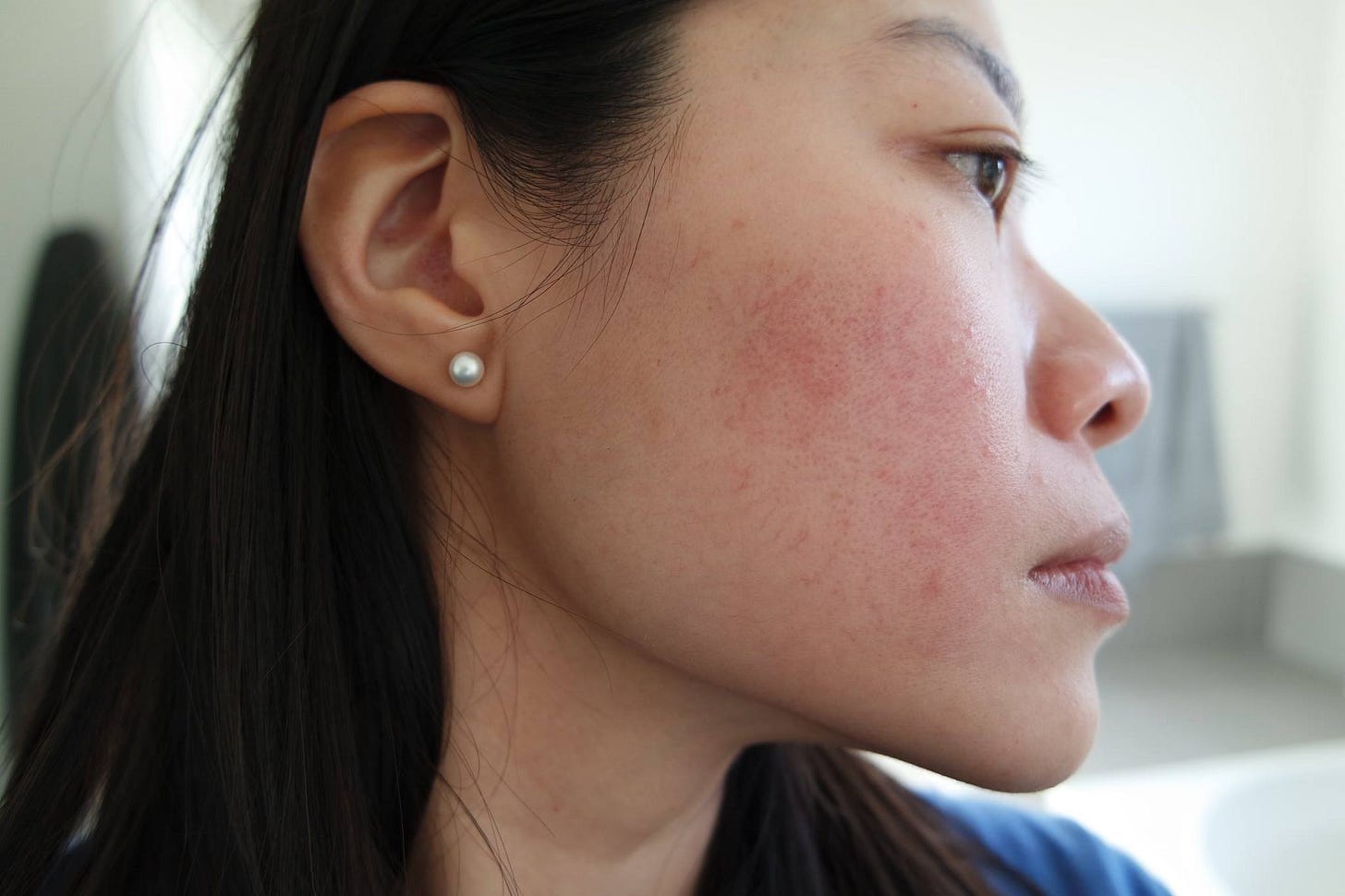
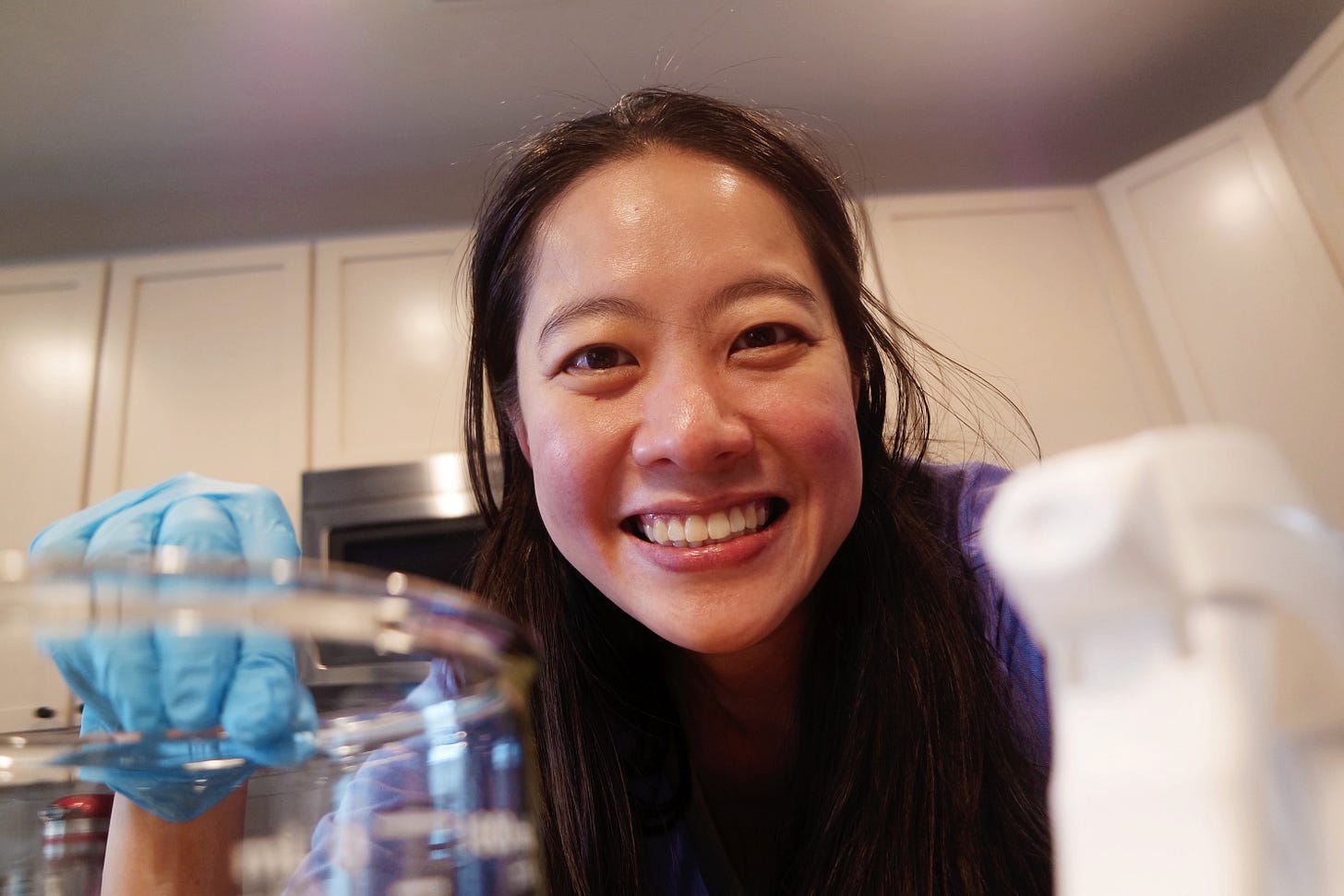
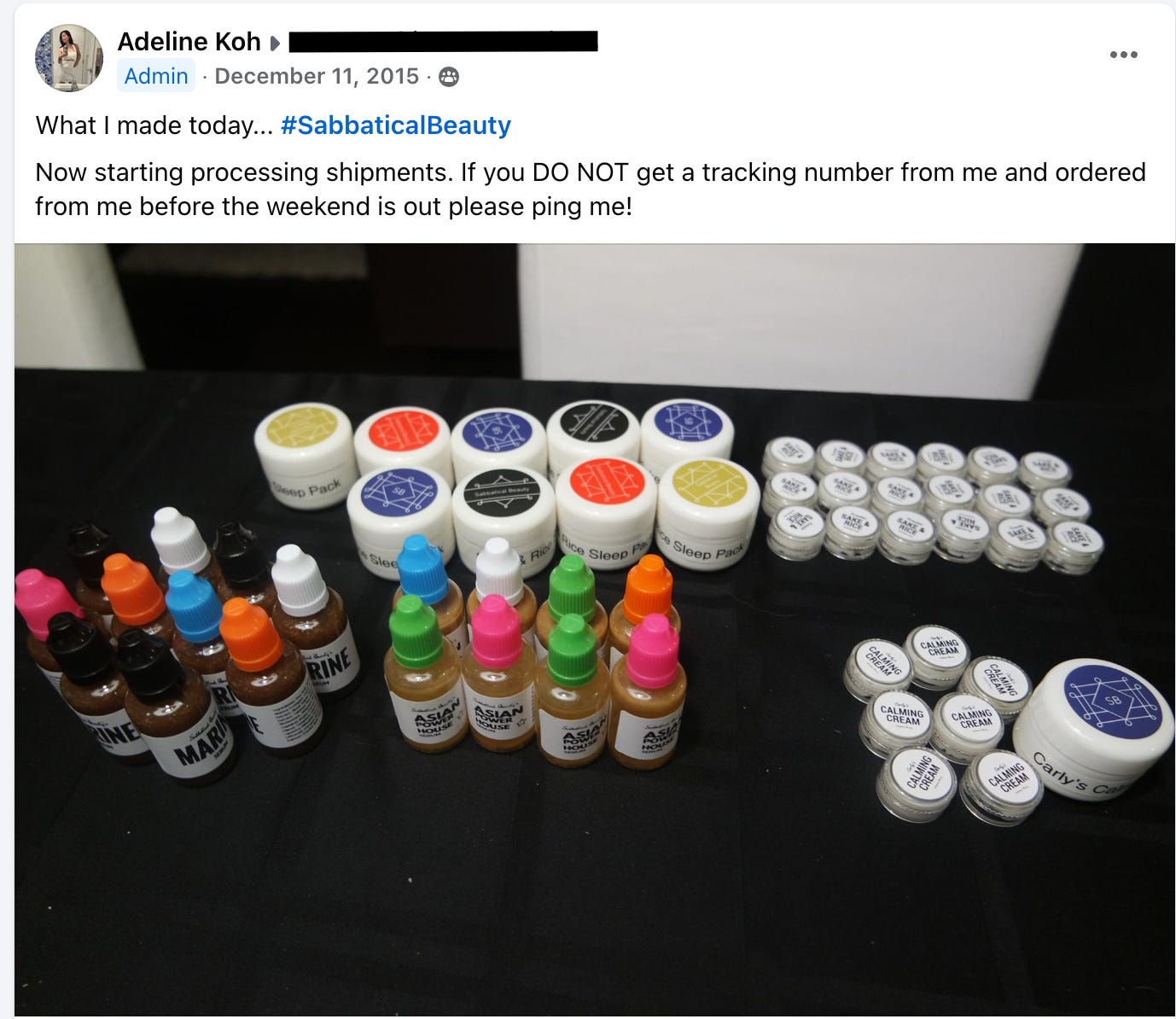
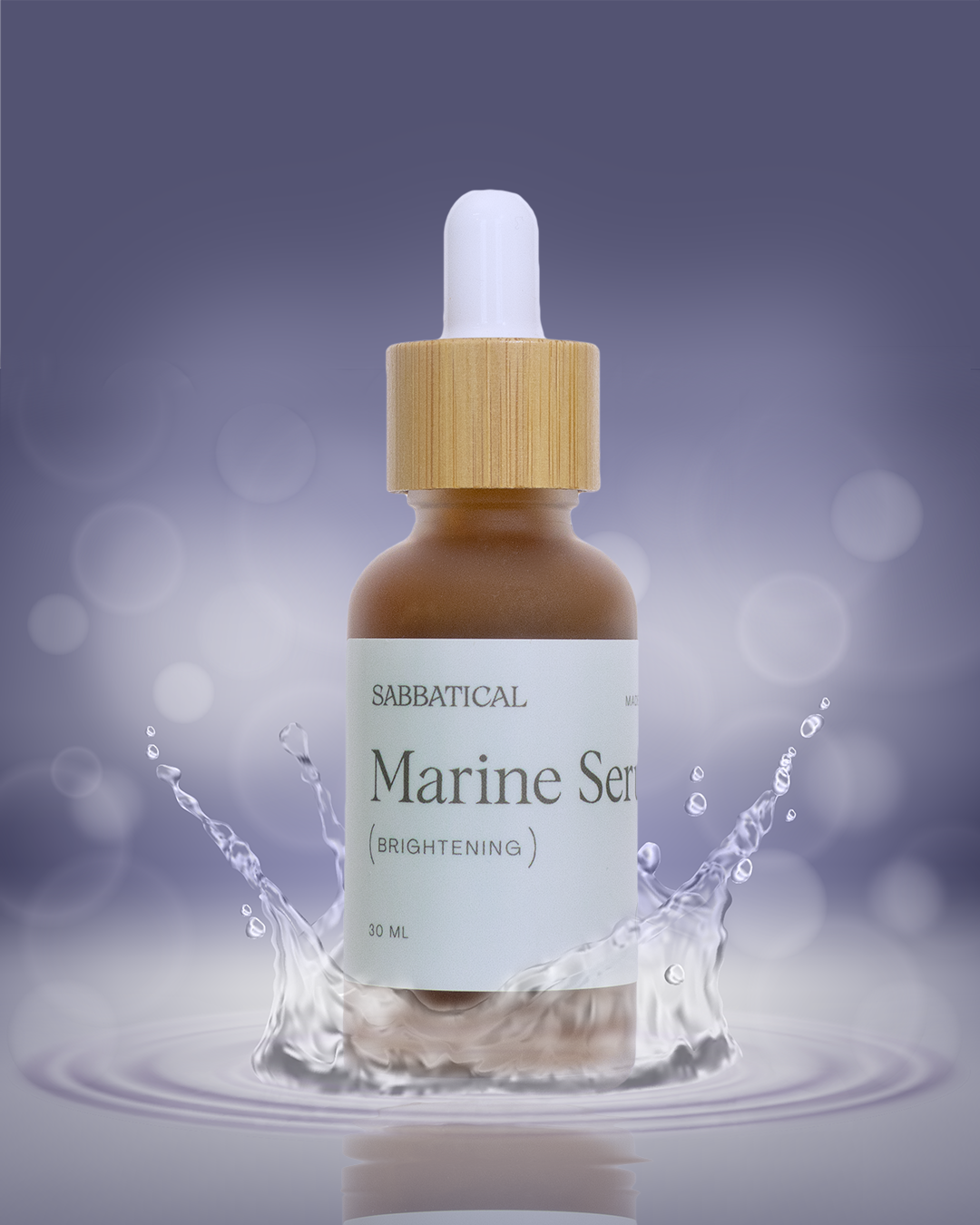




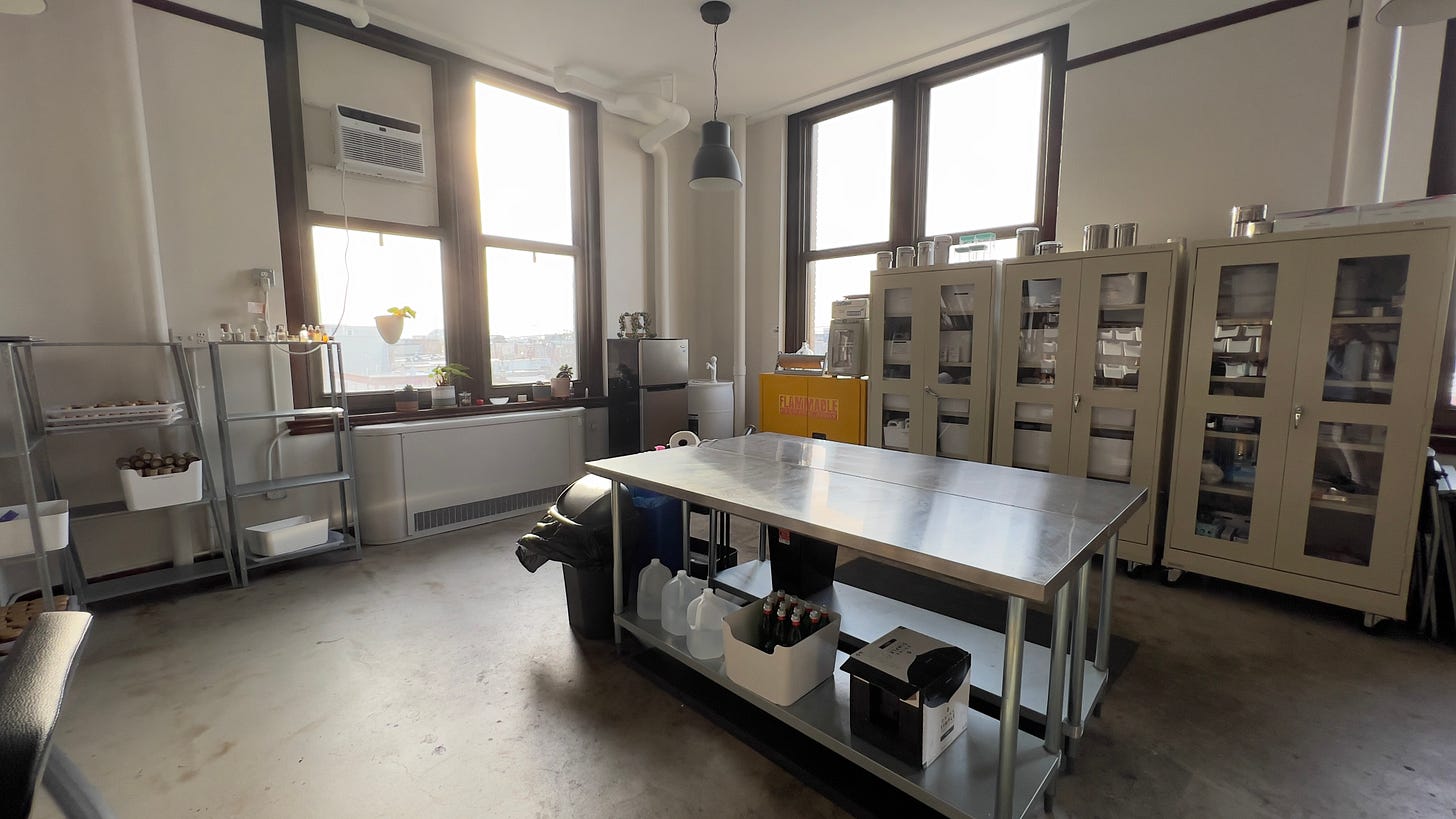
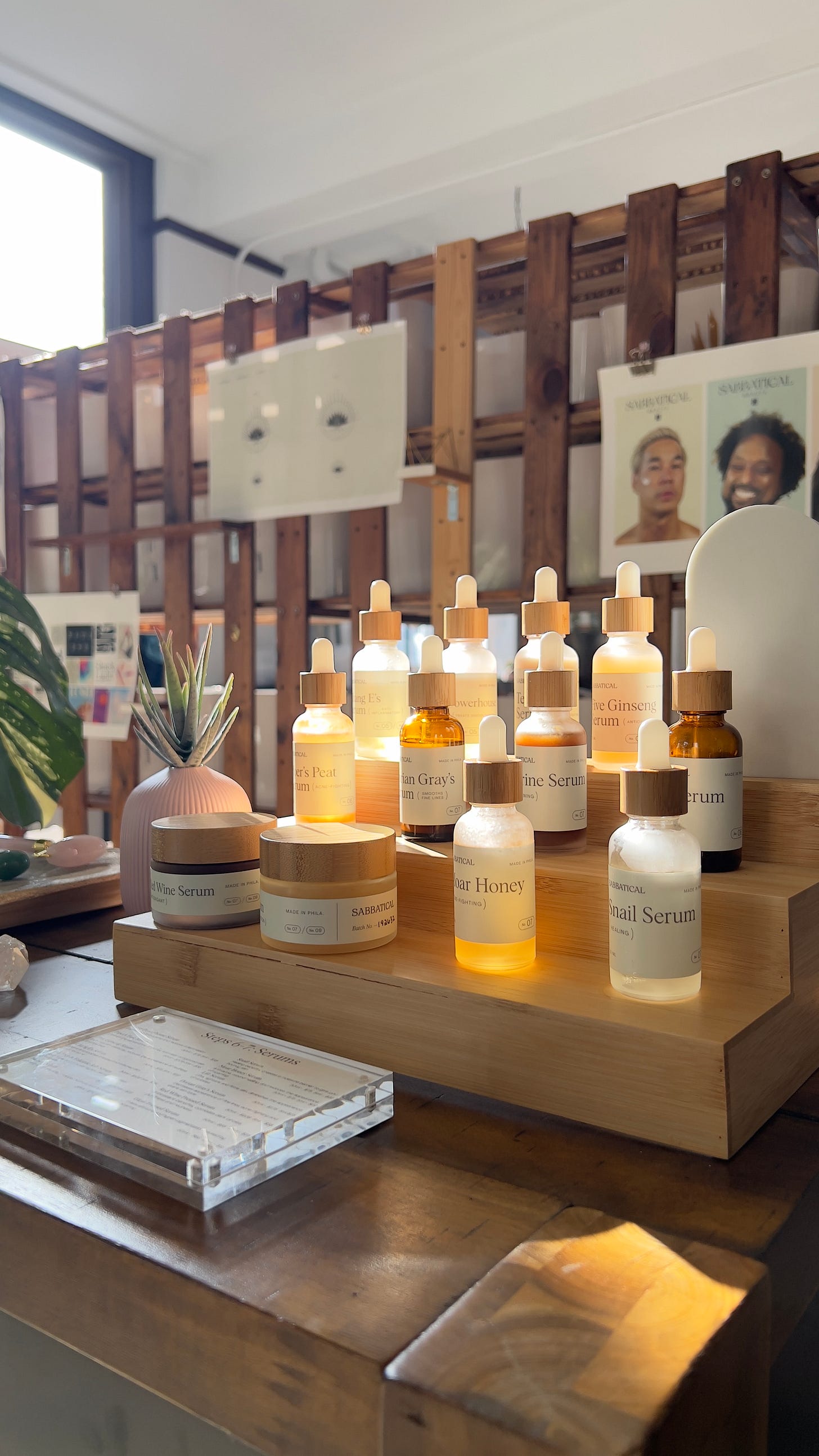
Really interesting story; always interested in women who go between STEM fields and humanities. I'm researching an article on how the cosmetic chemistry/beauty industry has been pretty male-dominated. Most of the formulators and R&D seem like they were men.
This is absolutely amazing. Thank you for sharing your story! 🤩